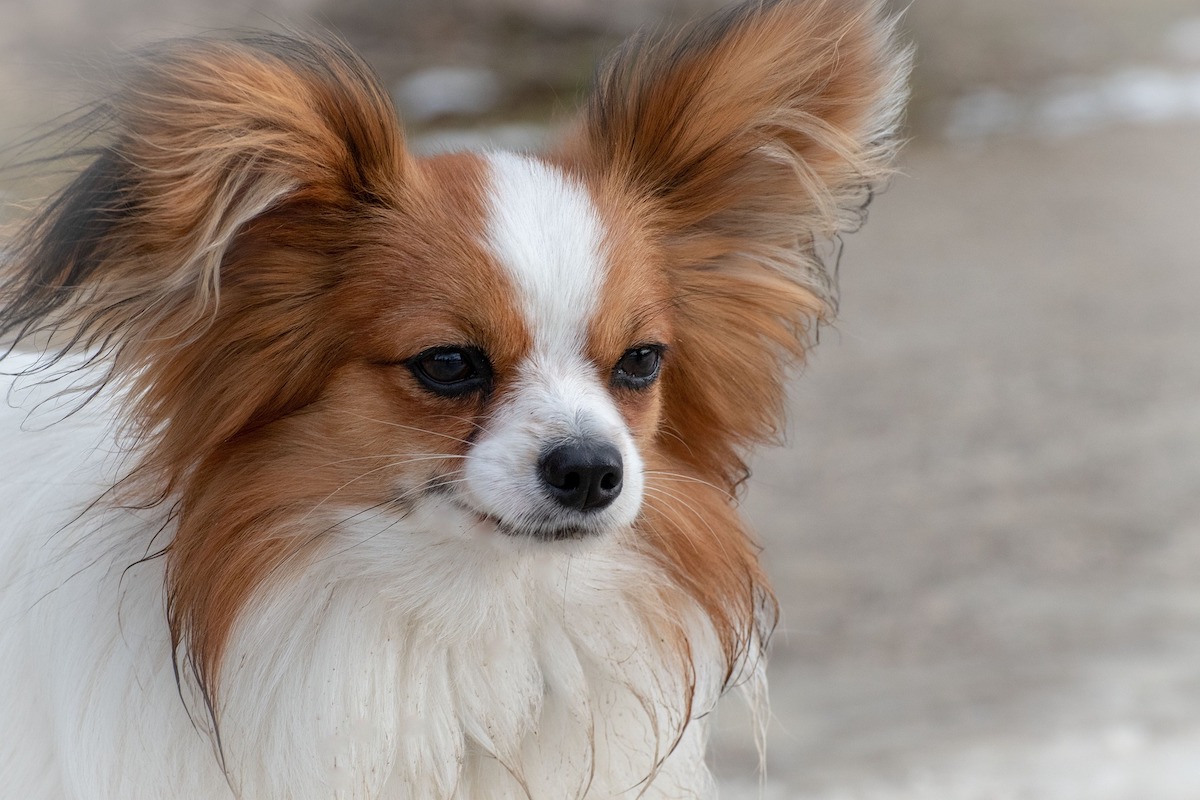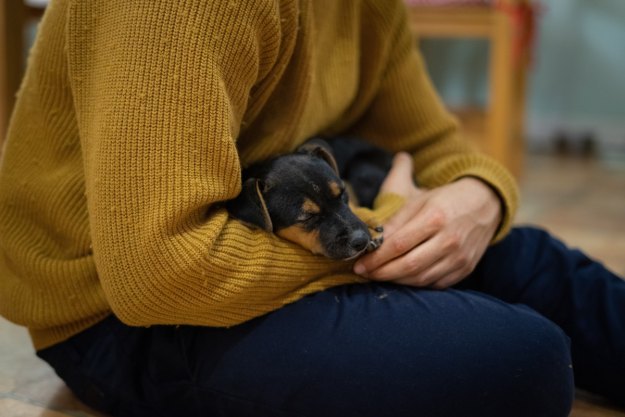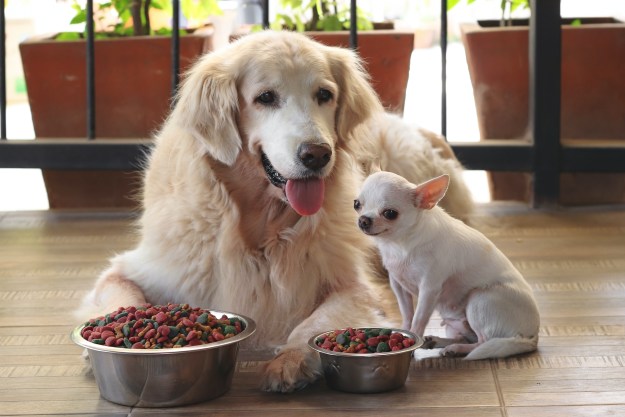As a small dog owner, you might gaze longingly at the humans who can play endless games of fetch with their shepherds and go for 5-hour walks accompanied by their collies. But you can have all sorts of good times with your little guy. Don’t let their size stop you from planning outings together. While, of course, you’ll need to work within your beastie’s physical constraints, there are lots of things you can do while accommodating their diminutive size.

Hang at the dog park
This is the pastime of many dogs, both large and small. Don’t stay away from the park just because your bud can’t race around for hours on end. Many parks now specifically set aside sections for small breeds. Take your pup there to find friends of a similar size. If you want to foray into the big dog section (or there isn’t an area available for your pup), you can always ask the group if the dogs in there are friendly to their little cousins.
Go for hikes
While it might take a little preparation (and possibly a dog sling), your tiny Fido can enjoy hiking, too. You should work up to this by doing a little bit more each day or each week until they’re ready to strike out for a longer adventure. Also, be sure to prep with necessary accouterments, such as water, treats, possibly a dog carrier, and mushers wax if it’s winter.
Travel together
One of the biggest benefits of having a little dog is they can go on planes and trains. If your pooch seems to enjoy exploring new places, take them with you on vacation. The fees to travel by air can be a little high and there are some rules (you need them to lie down quietly under the seat for the duration of the flight). But for many doggies, they prefer the flight to staying behind with a sitter.
Set up play dates
Your pet needs a best friend, too! They might feel more comfortable around other creatures of small stature, so find similar breeds and let them get to know each other. Set up times to play at your house (or theirs) and go on outings together — to the dog park and on walks.
Visit restaurants
It takes a little training and the right temperament for this one. Some pups just don’t like being in bustling spaces and others will bark at everyone walking past. Lots of patio seating and some special dog-friendly cafes and bars welcome four-legged friends. Call ahead to ensure they can take dogs and then strike out together when the weather’s nice.
Just because your animal only reaches your calf, doesn’t mean you have to stay at home all the time. It’s true that you should take a few extra cautionary measures. Always ask before you let your toy dog approach others since they could be the one to get hurt in an altercation. You also occasionally need to be wary of predators: coyotes, foxes, and even some birds of prey. Lastly, you should keep the temperature in mind and dress your dog for any outdoor adventures.
Editors' Recommendations
- 5 surefire ways to keep your dog off your bed and get a good night’s sleep
- How to stop a dog from peeing in their crate for good in 5 easy-to-follow steps
- Why does my dog have a bald patch on their tail? Here are the answers you need
- Looking for signs your dog has ticks? These telltale symptoms mean you have a flea or tick problem
- Is your dog barking nonstop? Here’s how to get your noisy pup under control





